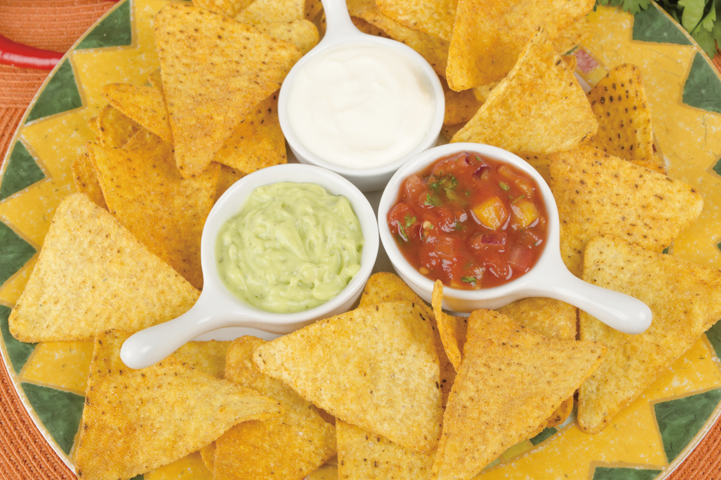
Ketchup, gyu-don (beef bowl) sauce, demi-glace sauce, white sauce, oyster sauce—there are many varieties of sauce from around the world.
It is said that the origin of the word comes from the Latin “Salsus,” which means, “salty.”
Various ingredients make up a sauce but typically they include meat, broth, vegetables, and seafood. The optimal balance of viscosity, thickness, and salinity is the most important aspect of a sauce. When intertwined with the main dish, the sauce adds a depth of flavor that would be missed if absent.
Sauce is not something that can be made simply by stewing together ingredients for a couple of minutes. The amount of moisture in the natural ingredients will be different every time. It is important to find the right time to remove the sauce from the heat once it has been reduced.
This is the key to making delicious sauce!
There are set standards for Worcester sauce, Chuunou sauce (thicker Worcester sauce), and Tonkatsu sauce (pork cutlet sauce) established by The Japanese Agricultural Standards (JAS).
We recommend the PAL-SALT and ES-421 for measuring the salt content of sauce.
PAL-SALT
ES-421
Since sauce is dense, we recommend diluting with water by a factor of 10 for the most precise and accurate salt concentration measurements.
If you wish to measure the viscosity or concentration of sauce, we can recommend viscometers or refractometers. Please contact us for more details.



